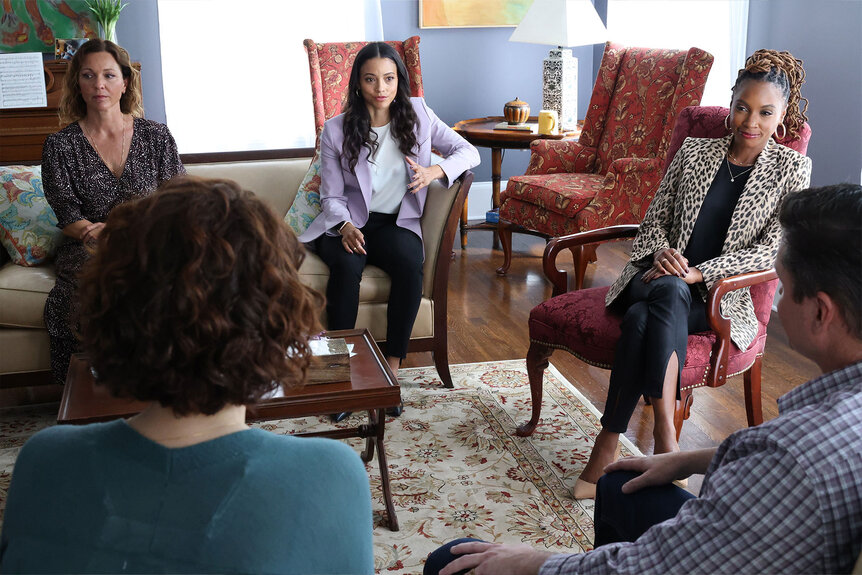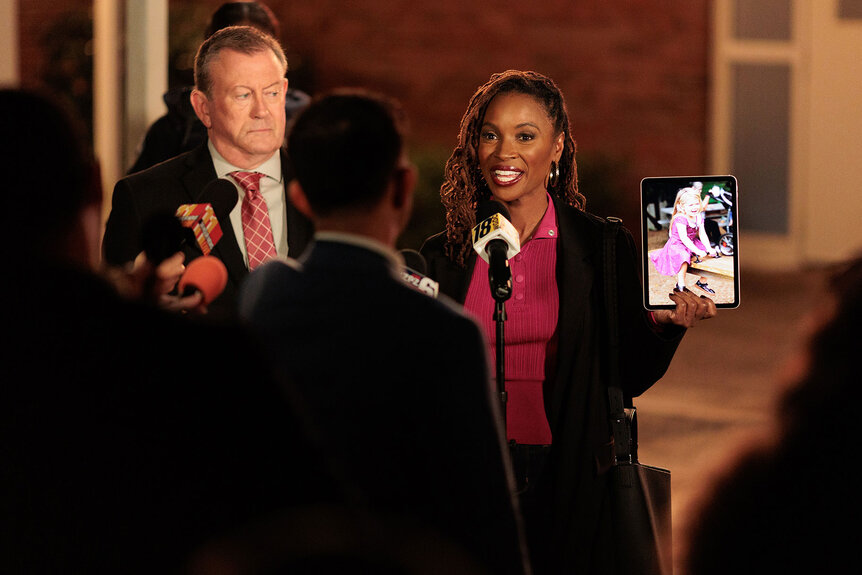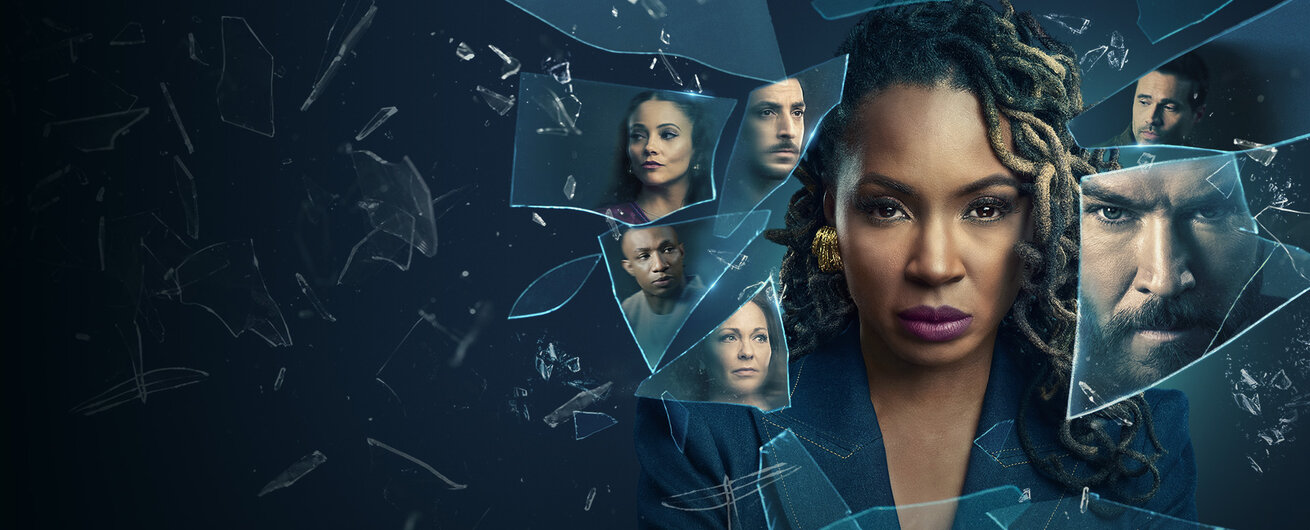Create a free profile to get unlimited access to exclusive show news, updates, and more!
What Is Missing White Woman Syndrome? Expert Weighs In Ahead of Found Premiere
An upcoming NBC series, Found, highlights the disproportionate rates at which people of color disappear and why their stories are more important than ever.
A thrilling new series revolves around missing persons in America, highlighting the disproportionate rates at which missing people of color are represented.
Found, premiering Tuesday, October 3 at 10/9c on NBC, stars Shanola Hampton (Shameless) as the tough-as-nails Gabi Mosely, a public relations specialist who — with the help of her crisis management team — has made it her life’s mission to find missing individuals whose cases have “slipped through the cracks.”
Once a missing person herself, Gabi knows all too well that people of color make up more than half of the 600,000 people reported missing each year. Many of those cases, however, fail to garner nearly as much attention as attractive, middle- to upper-class, white women who vanish, a phenomenon commonly referred to as Missing White Woman Syndrome (M.W.W.S.).
Carol Liebler, Professor of Communications at Syracuse University, focuses on diversity in the media, specifically on the intersections of gender, race, and ethnicity. Liebler recently spoke with NBC Insider to discuss M.W.W.S. and why it demands attention.
What is Missing White Woman Syndrome?
Missing White Woman Syndrome is a term coined by the late PBS News anchor Gwen Ifill that describes the media’s fascination and focus on missing people that “fit a dominant beauty ideal,” according to Prof. Liebler. As a result, others — including Black, Latino, and Indigenous peoples — don’t receive equal coverage in legacy and social media.
RELATED: The Amber Alert and Its Benefits When a Child Goes Missing, An Explainer
“I always think of it from a family member’s perspective,” Leibler told NBC Insider. “If somebody goes missing, and the family member can’t get the attention of the police or the news media to help them, people’s lives can be very directly affected by this.”
Black Americans, for instance, make up 13% of the population, while they comprise a whopping 31% of missing persons in the country, according to America University Magazine. Thirty-four percent of missing women and girls in 2020 were Black.
Meanwhile, a crisis continues for missing and murdered Indigenous people. In 2016, 5,712 missing person reports were filed for American Indian and Alaska Native females and logged into the US Department of Justice, though only 116 were entered into NamUS (National Missing and Unidentified Persons System), as cited by the Bureau of Indian Affairs.
PBS reported in March 2023 that the N.C.I.C. (National Crime Information Center) listed “Hispanic” as an ethnicity and not as a race, making it optional for law enforcement to include it in missing persons reports (the option to log ethnicity was entered in less than 20% of cases).
“I see it, really, as a part of a bigger problem,” Liebler said. “I think it’s symptomatic of structural racism that pervades our institutions.”
While Liebler noted that some states have created task forces to combat the issue, she said many missing people of color don’t get the same attention recently received by the likes of missing and murdered Gabby Petito and Eliza Fletcher. Older examples include JonBenét Ramsey, Natalee Holloway, Laci Peterson, and Kristin Smart.
Is there a way to combat Missing White Woman Syndrome?
Prof. Liebler said she hoped the advent of social media would be “a big solution” to M.W.W.S. While she acknowledged it has helped families communicate more directly (whereas loved ones were once reliant on legacy media), the problem still exists.
“Many times, social media seems to follow whatever is being covered in the legacy media, and what my research tells me is that news media tends to follow law enforcement’s lead,” Liebler told NBC Insider. “So, the cases that law enforcement think are really important to put out there are the ones that the news media are going to spend more time publicizing.”
Liebler said that one step that could be taken to curb M.W.W.S. was if law enforcement publicized more cases, adding they are making progress.
“I think they’re finally realizing they need to put more out there,” she said.
RELATED: A Sinister Kidnapper, a Tough Missing Persons Expert — Meet the Cast of New NBC Drama Found
The professor also said another step in combatting M.W.W.S. would be if the media relied less on what officials published and paid attention to the loved ones coming forward.
“My research shows that unless reporters hear about a missing case from the cops, they don’t necessarily consider it a case that is legitimate,” said Liebler. “That is concerning to me because I think it’s pretty well-established of the biases that we see in police work, and so I think some people are just shut out of the system in that regard.”
But Liebler emphasized that pointing fingers at news media wasn’t conducive because they don’t “operate in a vacuum.” She added that M.W.W.S. was “part of a bigger system reflective of things we need to work on as a society, as a whole.”
“I think it really puts a spotlight on the problems that we have with racial and gender disparities,” Liebler concluded.
Found premieres Tuesday, October 3, at 10/9c on NBC and the next day on Peacock.





















